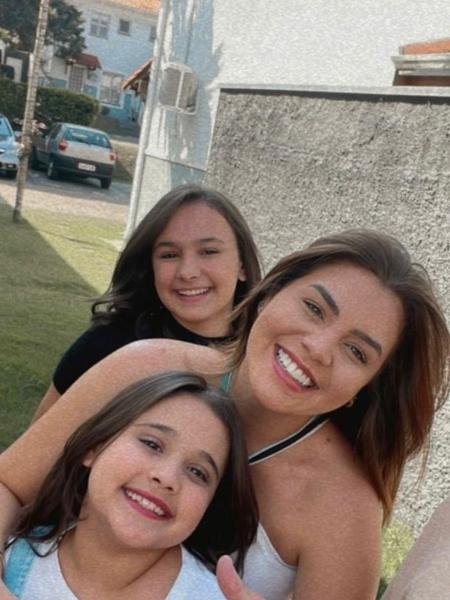Serena Williams trança cabelo da filha e dá aula sobre tradições africanas
Serena Williams deu uma lição sobre as tradições africanas em um post no Instagram. A tenista, que é um dos maiores nomes do esporte mundial, dividiu parte de sua rotina com a filha pequena, Alexis. Na foto superfofa ela aparece trançando o cabelo da garotinha. Mas além do momento mãe e filha, Serena deu ainda uma verdadeira lição sobre o significado cultural das tranças para os negros.
"Trançar os cabelos é um ato que começou na África com as pessoas Himba, na Namibia. Estamos trançando o cabelo como eles há séculos", afirmou.
"Em muitas tribos africanas as tranças são o único jeito de identificar cada uma dessas tribos. Devido ao tempo que se levava para fazer as pessoas costumavam aproveitar também para socializar. Começou com os anciãos trançando seus filhos, depois os filhos assistiram e aprenderam com eles. A tradição de trançar os cabelos foi levada adiante por gerações e rapidamente cruzou o mundo. Tenho a honra de compartilhar essa experiência de união com minha própria filha e adicionar outra geração de tradições históricas", escreveu a atleta no post, que teve mais de 701 mil curtidas.
Celebridades como a modelo plus size Ashley Graham e a atriz Halle Berry deixaram comentários na foto: "Eu amo isso", escreveu Berry. "Isso é muito fofo", se derreteu Graham.














ID: {{comments.info.id}}
URL: {{comments.info.url}}
Ocorreu um erro ao carregar os comentários.
Por favor, tente novamente mais tarde.
{{comments.total}} Comentário
{{comments.total}} Comentários
Seja o primeiro a comentar
Essa discussão está encerrada
Não é possivel enviar novos comentários.
Essa área é exclusiva para você, , ler e comentar.
Só s do UOL podem comentar
Ainda não é ? Assine já.
Se você já é do UOL, faça seu .
O autor da mensagem, e não o UOL, é o responsável pelo comentário. Reserve um tempo para ler as Regras de Uso para comentários.